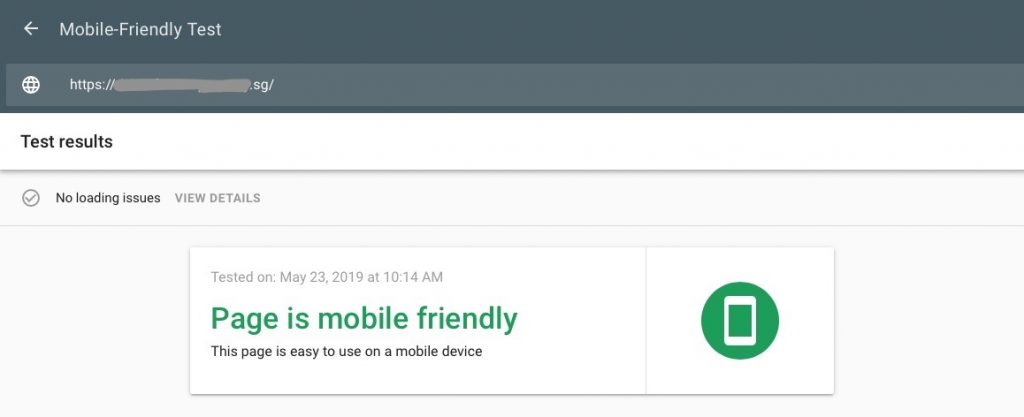
By the year 2020, the number of smartphone users worldwide is projected to reach 2.87 billion, up from 2.1 billion in 2016.
Just a few years ago, having a website was the bare minimum for a business.
In 2019, a mobile-responsive website is now the benchmark for success.
As we move towards a mobile-first society, mobile optimisation is necessary for customer engagement and retention.
It ensures that visitors who are accessing your site from mobile devices have an optimal experience.
This design will also account for different screen sizes and load times.
This process addresses the design of the site, the structure, speed of the page, and more.
You want to optimise your website for mobile devices to ensure that visitors won’t simply leave due to inconvenience.
Beyond a great user experience, you reap SEO benefits that will filter down to your website’s presence on the SERP.
Mobile Optimised Or Mobile Responsive?
When comparing website designs there are three different designs to look at: mobile optimised, mobile friendly, and responsive.
A mobile optimised website is by far the most advanced type of design.
By being mobile optimised, the website will reformat itself completely for different devices.
They are guaranteed to have better mobile web performance because the site will reformat itself for certain handheld devices.
The process of reformatting ensures your website can engage a large mobile audience.
Head to this google link and check if your website is mobile friendly:
If your website passed the test, you should get an image like this:

If your current website is non-mobile friendly, it’s time to consider revamping it for good.
Don’t let any single lead leak!
Don’t Lose Your Leads
Switch to a mobile optimised website now
Get Optimised